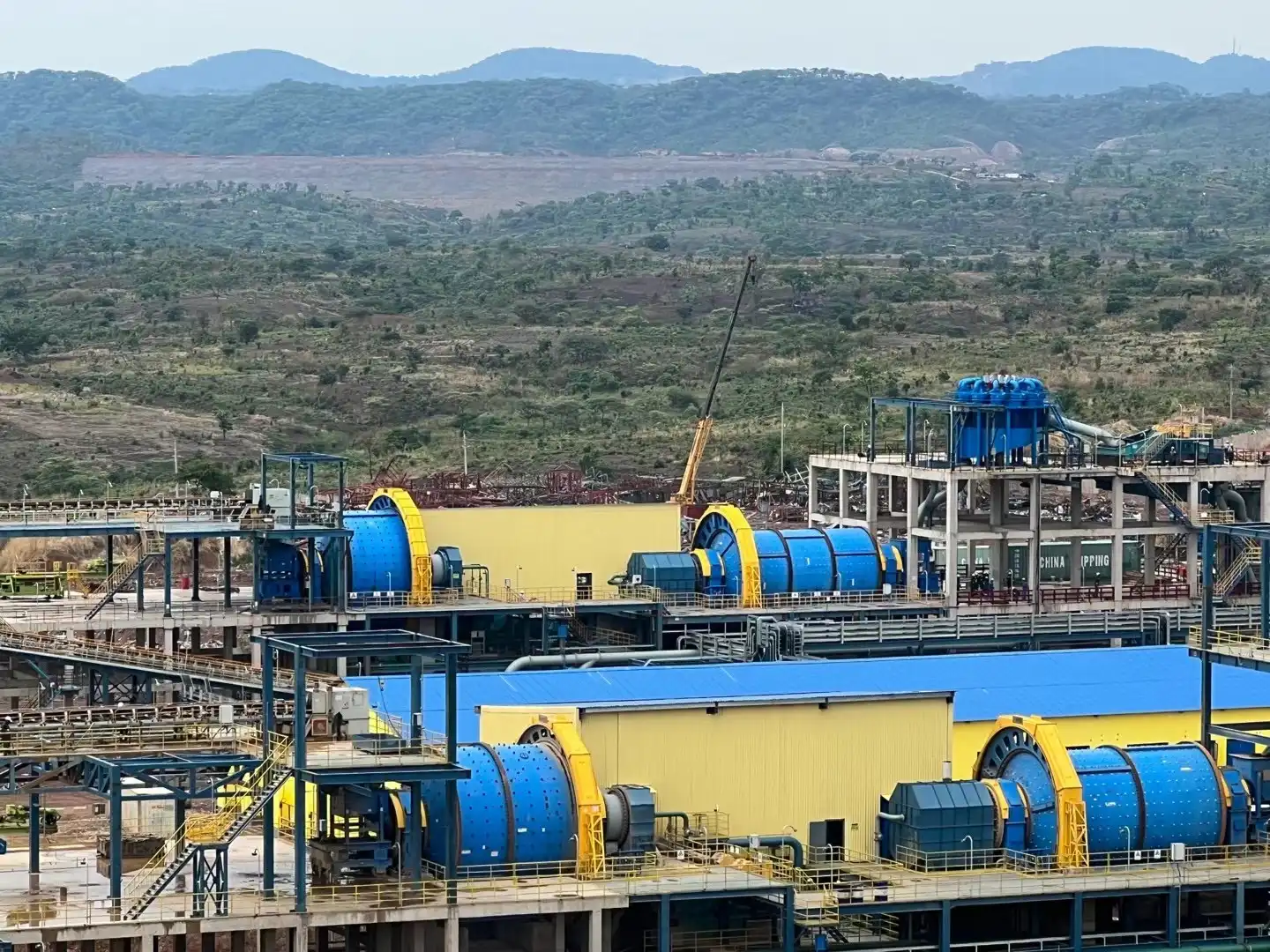In the world of industrial grinding and milling, the choice of grinding media in ball mill plays a crucial role in determining the efficiency and effectiveness of the process. Ball mills, widely used across various industries, rely heavily on the quality and characteristics of their grinding media. This article delves into the types and benefits of grinding media for ball mills, providing valuable insights for professionals in industries such as mining, cement manufacturing, and metallurgy.

How to Choose the Right Grinding Media
Selecting the appropriate grinding media in ball mill is a critical decision that can significantly impact your operation's productivity and cost-effectiveness. Here are some key factors to consider when making your choice:
Material Hardness: The hardness of the grinding media should be compatible with the material being ground. Harder materials typically require harder grinding media in ball mill to ensure effective size reduction.
Density: Higher-density grinding media can provide more impact energy, which can be beneficial for certain applications. However, it's essential to balance this with other factors such as wear resistance and cost.
Size Distribution: The size of the grinding media in ball mill should be selected based on the feed material size and the desired product size. A proper size distribution can optimize the grinding efficiency and reduce energy consumption.
Wear Resistance: Grinding media with high wear resistance can lead to lower replacement costs and reduced contamination of the ground material.
Chemical Compatibility: Ensure that the chosen grinding media is chemically compatible with the material being ground and any additives used in the process.
Cost-Effectiveness: While initial cost is a factor, it's crucial to consider the total cost of ownership, including replacement frequency and impact on product quality.
Top 3 Materials for Ball Mill Grinding Media
Different materials offer unique properties as grinding media. Here are the top three materials commonly used in grinding media in ball mill:
1. Steel: Steel grinding media are widely used due to their high density, durability, and cost-effectiveness. They come in various grades, including low-carbon, high-carbon, and alloy steels, each suited for different applications.
Advantages of steel grinding media:
- High impact strength
- Good wear resistance
- Suitable for a wide range of applications
- Cost-effective for many operations
2. Ceramic: Ceramic grinding media offer excellent wear resistance and are ideal for applications where product purity is crucial. They are often used in industries such as electronics, pharmaceuticals, and specialty chemicals.
Advantages of ceramic grinding media:
- Superior wear resistance
- Low contamination risk
- Suitable for fine grinding applications
- Available in various compositions (e.g., alumina, zirconia)
3. High-Chrome: High-chrome grinding media are known for their exceptional hardness and wear resistance. They are particularly useful in highly abrasive applications, such as mineral processing and cement grinding.
Advantages of high-chrome grinding media:
- Excellent wear resistance
- High hardness
- Suitable for highly abrasive materials
- Long service life in demanding applications
Impact of Grinding Media on Efficiency
The choice of grinding media can have a profound impact on the overall efficiency of your ball mill operation. Here's how different aspects of grinding media in ball mill influence efficiency:
Grinding Rate: The material, size, and shape of the grinding media directly affect the grinding rate. Optimizing these factors can lead to faster size reduction and increased throughput.
Energy Consumption: Proper selection of grinding media in ball mill can significantly reduce energy consumption. For example, using media with the right size distribution can minimize over-grinding and wasted energy.
Product Quality: The characteristics of the grinding media influence the final product's particle size distribution and purity. Choosing the right media can help achieve desired product specifications more consistently.
Maintenance and Downtime: Durable grinding media with high wear resistance can reduce the frequency of media replacement, leading to less downtime and lower maintenance costs.
Operational Costs: While high-quality grinding media in ball mill may have a higher initial cost, they often result in lower operational costs due to improved efficiency and reduced maintenance requirements.
Ball mill performance can be significantly enhanced by selecting the right grinding media. Factors such as material hardness, density, and wear resistance play crucial roles in determining the efficiency of the grinding process.
Steel, ceramic, and high-chrome materials are among the most popular choices for grinding media, each offering unique benefits for different applications. Steel provides a balance of durability and cost-effectiveness, ceramic offers excellent wear resistance and product purity, while high-chrome excels in highly abrasive environments.
The impact of grinding media on efficiency extends beyond just the grinding rate. It affects energy consumption, product quality, maintenance requirements, and overall operational costs. By carefully considering these factors and choosing the appropriate grinding media in ball mill, industries can optimize their ball mill operations, leading to improved productivity and cost-effectiveness.
As the demands for finer particle sizes and higher purity products continue to grow across industries, the importance of selecting the right grinding media becomes increasingly crucial. Staying informed about the latest developments in grinding media technology and regularly reassessing your choices can help ensure that your ball mill operation remains efficient and competitive in today's dynamic industrial landscape.
For more information about our high-quality grinding media in ball mill and how they can benefit your specific application, please don't hesitate to contact us at sales@da-yang.com or sunny@da-yang.com. Our team of experts is ready to assist you in optimizing your ball mill performance with the perfect grinding media solution.
References
- Smith, J. (2022). Advanced Materials for Grinding Media in Ball Mills. Journal of Industrial Grinding, 45(3), 256-270.
- Johnson, A., & Williams, P. (2021). Optimizing Ball Mill Performance through Grinding Media Selection. International Journal of Mineral Processing, 163, 105-120.
- Chen, X., et al. (2023). Comparative Study of Steel and Ceramic Grinding Media in Cement Production. Cement and Concrete Research, 152, 106645.
- Brown, R. (2020). Energy Efficiency in Ball Milling: The Role of Grinding Media. Energy Procedia, 158, 4250-4255.
- Garcia, M., & Lopez, F. (2022). High-Chrome Grinding Media: Properties and Applications in Mineral Processing. Minerals Engineering, 180, 107436.
- Taylor, S. (2021). The Impact of Grinding Media on Product Quality in Fine Chemical Production. Chemical Engineering Journal, 420, 129851.








